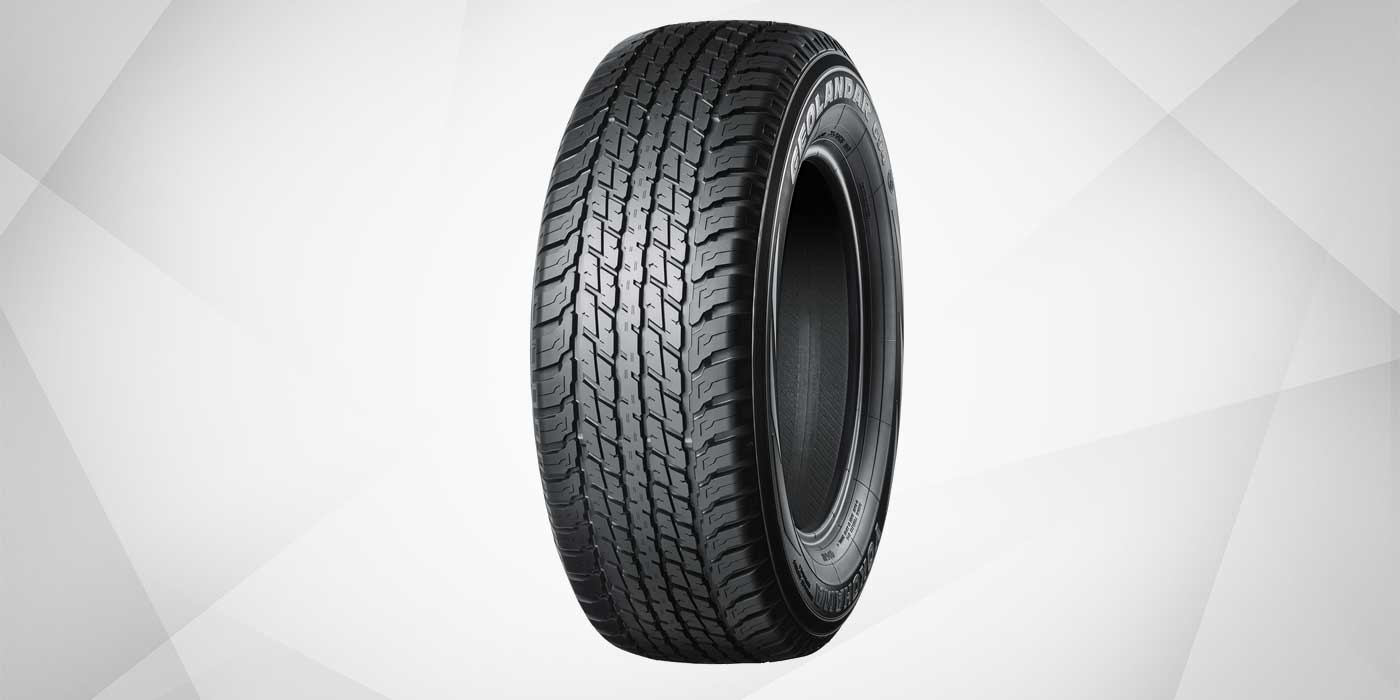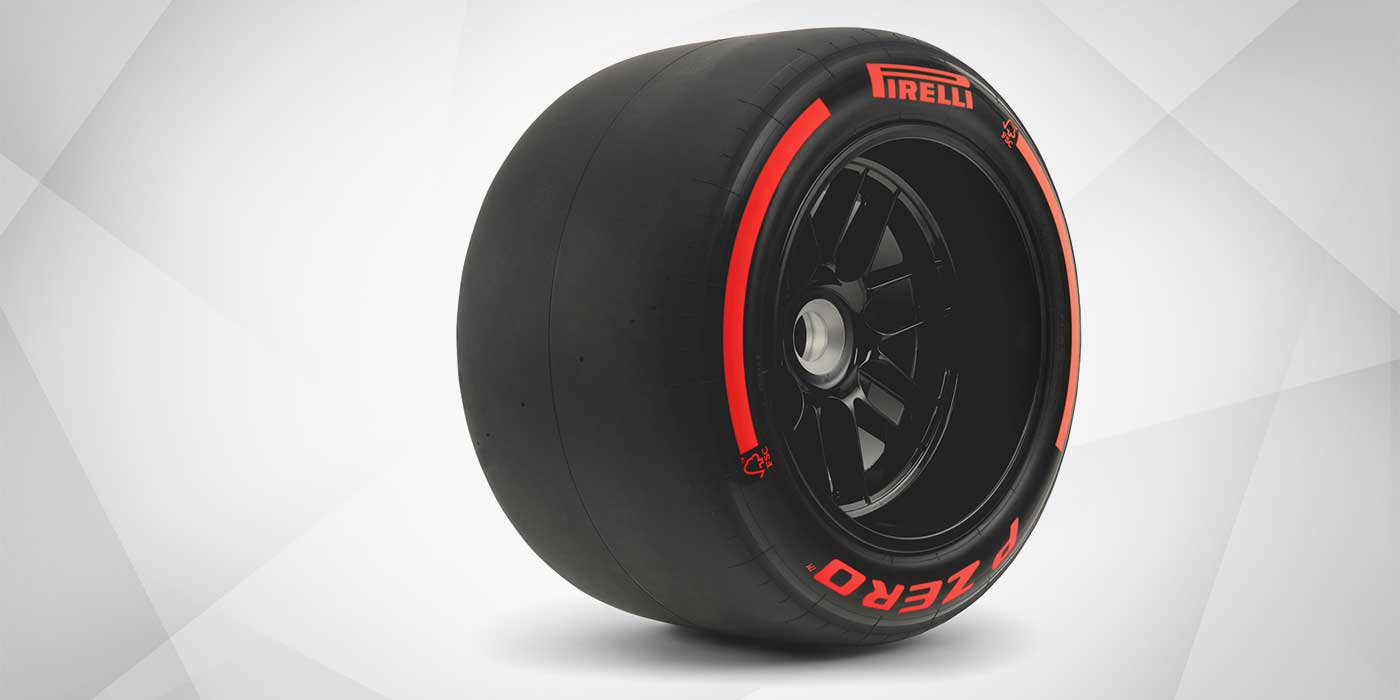Selection and application of bead lubricants can be critical to the tire mounting procedure and, ultimately, to radial truck tire casing longevity. After all, a tire is mounted and dismounted multiple times through its original and subsequent retread lives.
The basic goal of using a bead lubricant is to reduce friction temporarily between the rubber tire bead and metal rim flange area. Note the word “temporarily.” This allows these surfaces to slide easily against one another as mounting tools are used to deflect the bead over the flange and down into the rim well until the complete circumference of the tire bead is inside the rim flange area.
Lubrication is especially important for tubeless radials, as the tire beads are quite thick (substantial in mass), and maintenance of the smooth rubber surface is critical to sealing and maintaining the high-pressure inflation.
Also, tubeless medium truck tires and their matching wheels use a 15-degree taper in the bead seat area, much steeper than the nearly flat seating area typical of tube-type designs. It is also considerably different from the much lower-angle (approximately 5-degree) seats on tubeless passenger and light truck designs.
During initial seating, tubeless medium radial tire beads must climb this higher angle ramp and seat firmly in the area formed by the rim flange and this ramp. The intersection of these two forms is referred to as the “sharp” diameter and measures the same as the nominal rim diameter size – 22.5 inches, for example.
Choose Your Lube
There are two basic considerations when preparing tire beads for mounting or dismounting: selecting the appropriate lubricating material and applying it properly. The preferred lubricants are typically produced from either vegetable oils or animal fats. All should contain a minimum of 10% solids in a water-based solution and should also contain an appropriate corrosion inhibitor. These lubricants are readily available in concentrate or ready-to-use solutions.
Care should be taken to mix concentrate types according to the manufacturer’s recommendations and maintain the correct mix by stirring or mixing again before each use. Preferred lubricants should be very slippery when wet, yet have no residual lubricity once dried. This assures that a secure bead seating is maintained and the possibility of tire slippage (when torque is applied, as in acceleration or braking) is minimized.
What to Avoid
Petroleum-based lubricants or oils – including and especially grease – should never, ever be used as a tire bead lubricant. These materials can chemically attack, soften and otherwise damage tire beads.
Such materials have been used by some fleets in the past as a combination lubricant and rust preventative, most notably when steel wheels had an older coating technology subject to rust in some operating conditions.
However, nearly all steel wheels are now manufactured with modern, durable powder coat paint finishes. Therefore, supplementary coatings in the bead seat and well areas are neither necessary nor recommended.
Also, solvent-based lubricants should never be used, as these can create explosive mixtures in the contained air cavity of the tire, possibly resulting in serious injury or death. Additionally, these materials may also attack the rubber covering in the tire bead area. Lastly, silicon-type lubricants should be avoided to minimize the possibility of tire slippage on the rim.
Just Enough, Not Too Much
The amount of lubricant applied is also important. As a general rule in tire mounting, sufficient lubricant should be applied to coat the tire bead area, but excessive amounts should be avoided. The goal is to provide consistent sliding surface without any excess material being left inside the contained air cavity once the beads are seated.
This ensures that there is a minimum amount of moisture in the high-pressure cavity. In the closed cavity, there is no place for that trapped moisture to go, so it repeatedly evaporates and condenses as internal temperatures cycle during the service life of the tire.
And, in the event that the tire is punctured, any contained moisture can bleed through the injury and take residence around the steel casing cords.
Keeping the tire interior dry also minimizes the possibility of contaminating any materials placed inside the tire designed to balance, dampen or otherwise improve truck ride.
It is acceptable to use somewhat greater amounts of lubricant during the dismounting operation, but careful application is still advised. Any excess lubricant that has “puddled” inside the tire during mounting or dismounting should be promptly removed.
Move Quickly
Timing of bead lubrication is also important. Since the preferred lubricants are water-based, and water evaporates, especially in warm, low-humidity environments, it is necessary to apply the material immediately prior to mounting.
When mounting several tires in sequence, you should lubricate each one individually, immediately prior to mounting. If there is any disruption in the mounting process – such as a work break, phone calls, etc. – a check to ensure continuing wetness of the lubricant – and re-application, if necessary – is in order.
Once the tire beads have been properly mounted onto the rim, immediate inflation should follow to ensure that the beads are fully seated. Immediate and rapid inflation (refer to industry published safety guidelines) also helps achieve uniform, concentric seating around the bead circumference, minimizing run-out that results in truck ride issues.
Preferably, the lubricant should remain in liquid form during the mounting and inflation process and dry soon thereafter.
Some specialized lubricant mixes also contain suspended solids designed to retain bead sealing, especially if the tire/wheel assembly is to be used in low-inflation or cycled high/low inflation service (such as on combined off-road logging roads and high-speed highway hauls with on-board inflation adjustment). It is especially important that these types of lubricant solutions remain in liquid form during the mounting and inflation process.
The Technology and Maintenance Council of the ATA has recently updated and published RP (Recommended Practice) 205: Use of Tire Bead Lubricants.
This excellent summary of lubricant selection and application guidelines covers tire mountings on both steel and aluminum wheels and can be obtained from the American Trucking Associations at 703-838-1763 or www.tmc.truckline.com.













